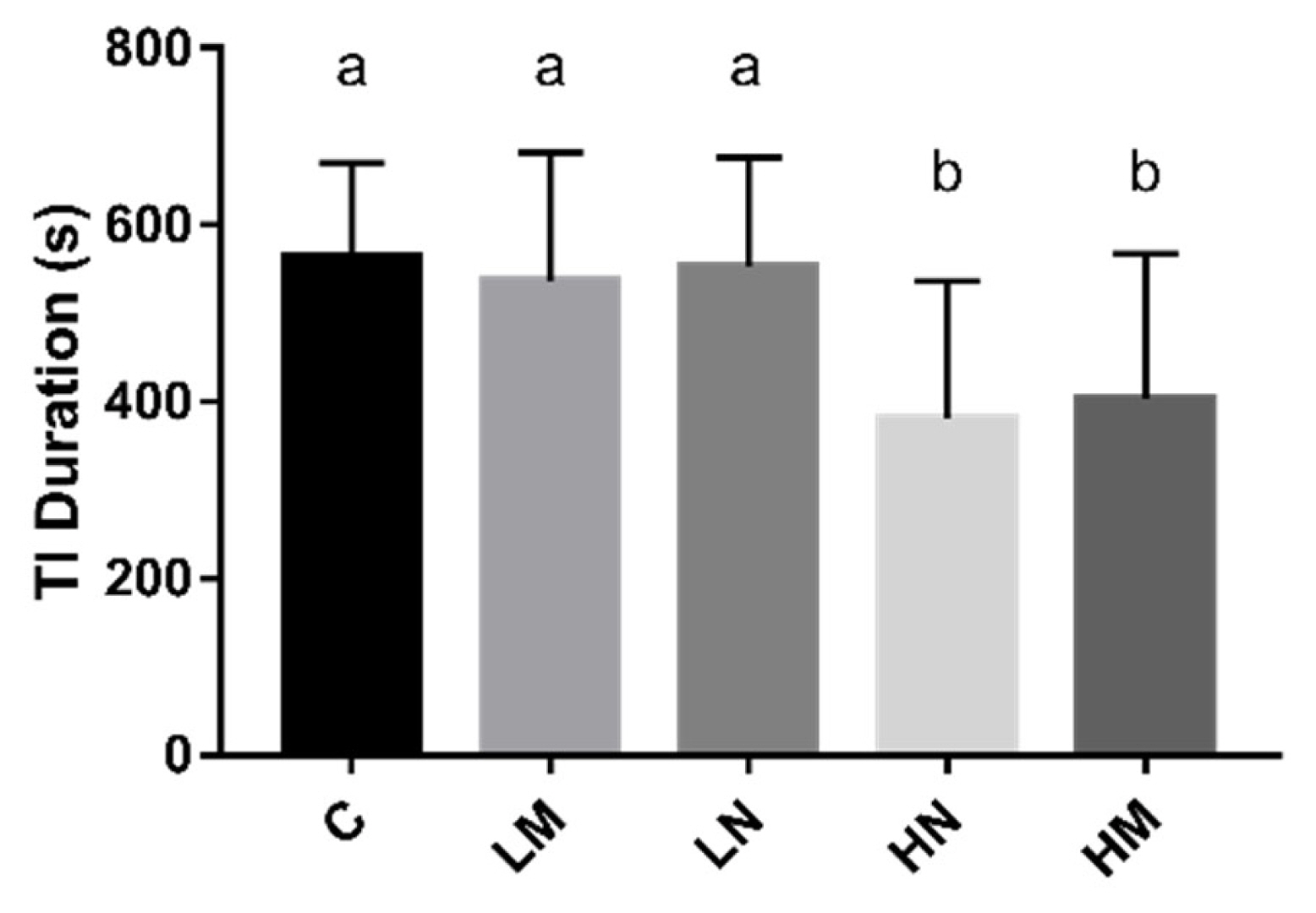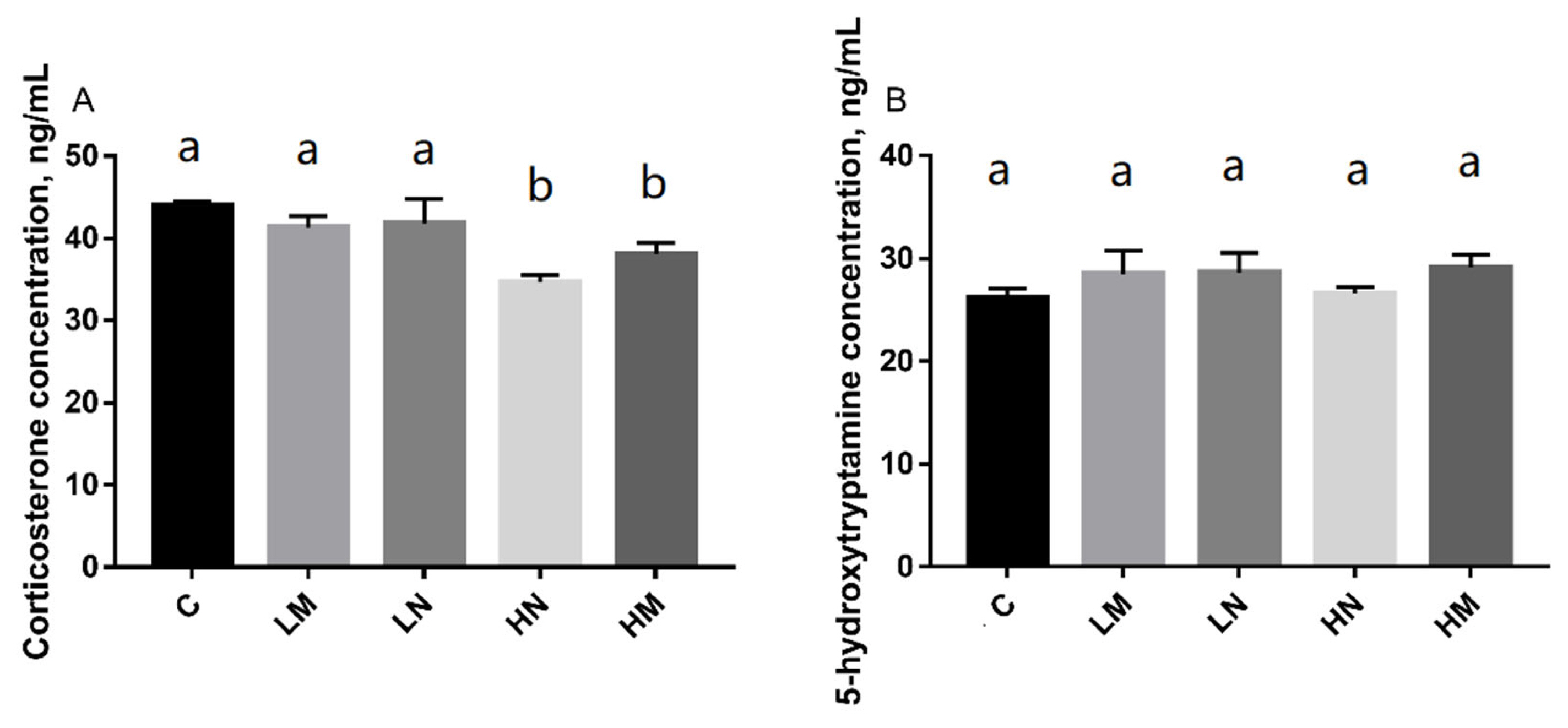1. Nozari M, Shabani M, Hadadi M, Atapour N. Enriched environment prevents cognitive and motor deficits associated with postnatal MK-801 treatment. Psychopharmacology (Berl) 2014; 231:4361ŌĆō70.
https://doi.org/10.1007/s00213-014-3580-8


2. Jones RB, Waddington D. Modification of fear in domestic chicks, Gallus gallus domesticus, via regular handling and early environmental enrichment. Anim Behav 1992; 43:1021ŌĆō33.
https://doi.org/10.1016/S0003-3472(06)80015-1

3. Kauser H, Roy S, Pal A, Sreenivas V, Mathur R, Wadhwa S, Jain S. Prenatal complex rhythmic music sound stimulation facilitates postnatal spatial learning but transiently impairs memory in the domestic chick. Dev Neurosci 2011; 33:48ŌĆō56.
https://doi.org/10.1159/000322449


7. Chaudhury S, Jain S, Wadhwa S. Expression of synaptic proteins in the hippocampus and spatial learning in chicks following prenatal auditory stimulation. Dev Neurosci 2010; 32:114ŌĆō24.
https://doi.org/10.1159/000279758


8. Faatehi M, Basiri M, Nezhadi A, et al. Early enriched environment prevents cognitive impairment in an animal model of schizophrenia induced by MK-801: Role of hippocampal BDNF. Brain Res 2019; 1711:115ŌĆō9.
https://doi.org/10.1016/j.brainres.2019.01.023


11. Wadhwa S, Sanyal T, Jain S, Nag T. Prenatal exposure to patterned and unpatterned noise differentially influences spatial behaviour, morphological and molecular changes in the chick brain. Int J Dev Neurosci 2012; 30:663
https://doi.org/10.1016/j.ijdevneu.2012.03.305

13. Chaudhury S, Nag TC, Wadhwa S. Effect of prenatal auditory stimulation on numerical synaptic density and mean synaptic height in the post hatch Day 1 chick hippocampus. Synapse 2009; 63:152ŌĆō9.
https://doi.org/10.1002/syn.20585


16. Crowe SF, Hale MW. Carryover effects associated with the single-trial passive avoidance learning task in the young chick. Neurobiol Learning Mem 2002; 78:321ŌĆō31.
https://doi.org/10.1006/nlme.2002.4069

17. Ying W, Yang Y, Han N, Xingu H. Implication of protein kinase C of the left intermediate medial mesopallium in memory impairments induced by early prenatal morphine exposure in one-day old chicks. Eur J Pharmacol 2017; 795:94ŌĆō100.
https://doi.org/10.1016/j.ejphar.2016.12.011


18. Abe H, Nagao K, Nakamura A, Inoue-Murayama M. Differences in responses to repeated fear-relevant stimuli between Nagoya and White Leghorn chicks. Behav Processes 2013; 99:95ŌĆō9.
https://doi.org/10.1016/j.beproc.2013.07.004


23. Sch├╝tz KE, Forkman BR, Jensen P. Domestication effects on foraging strategy, social behaviour and different fear responses: a comparison between the red junglefowl (Gallus gallus) and a modern layer strain. Appl Anim Behav Sci 2001; 74:1ŌĆō14.
https://doi.org/10.1016/S0168-1591(01)00156-3

25. Ahmed AA, Ma W, Ni Y, Qin Z, Zhao R. Embryonic exposure to corticosterone modifies aggressive behavior through alterations of the hypothalamic pituitary adrenal axis and the serotonergic system in the chicken. Horm Behav 2014; 65:97ŌĆō105.
https://doi.org/10.1016/j.yhbeh.2013.12.002


26. Franciosini MP, Claudio C, Proietti PC, Omar T, Giampaolo A. Plasma corticosterone levels in laying hens from three different housing systems: preliminary results. Ital J Anim Sci 2005; 4:276ŌĆō8.
https://doi.org/10.4081/ijas.2005.276

28. Kumar V, Nag TC, Sharma U, Jagannathan NR, Wadhwa S. Differential effects of prenatal chronic high-decibel noise and music exposure on the excitatory and inhibitory synaptic components of the auditory cortex analog in developing chicks (Gallus gallus domesticus). Neuroscience 2014; 269:302ŌĆō17.
https://doi.org/10.1016/j.neuroscience.2014.03.061


30. Anderson GM, Feibel FC, Cohen DJ. Determination of serotonin in whole blood, platelet-rich plasma, platelet-poor plasma and plasma ultrafiltrate. Life Sci 1987; 40:1063ŌĆō70.
https://doi.org/10.1016/0024-3205(87)90568-6


31. Bolhuis JE, Ellen ED, van Reenen CG, et al. Effects of genetic group selection against mortality on behavior and peripheral serotonin in domestic laying hens with trimmed and intact beaks. Physiol Behav 2009; 97:470ŌĆō5.
https://doi.org/10.1016/j.physbeh.2009.03.021


32. Roy S, Nag TC, Upadhyay AD, Mathur R, Jain S. Prenatal music stimulation facilitates the postnatal functional development of the auditory as well as visual system in chicks (Gallus domesticus). J Biosci 2014; 39:107ŌĆō17.
https://doi.org/10.1007/s12038-013-9401-0










 PDF Links
PDF Links PubReader
PubReader ePub Link
ePub Link Full text via DOI
Full text via DOI Full text via PMC
Full text via PMC Download Citation
Download Citation Print
Print







